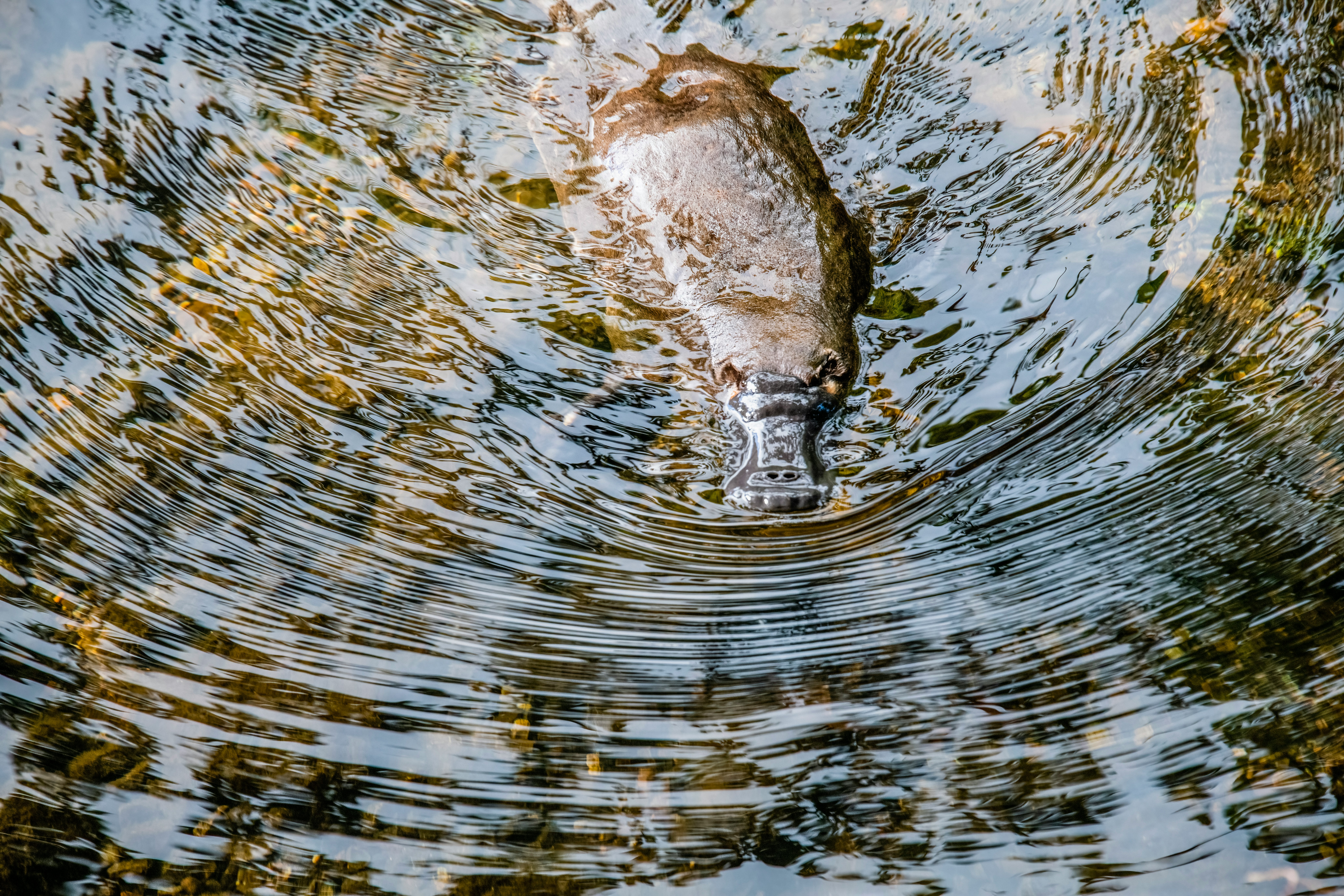Media release
From:
The Royal Society
The absence of the stomach in the platypus has baffled scientists for centuries since their discovery. Here, we show a gene necessary for stomach development (Nkx3.2) is inactive in monotremes and likely correlates with their unique stomach anatomy.
Attachments
Note: Not all attachments are visible to the general public.
Research URLs will go live after the embargo ends.

Research
The Royal Society, Web page
The URL will go live after the embargo ends
Journal/
conference:
Royal Society Open Biology
Organisation/s:
The University of Adelaide
Funder:
Research Training Program, The University of Adelaide



 Australia; SA
Australia; SA



